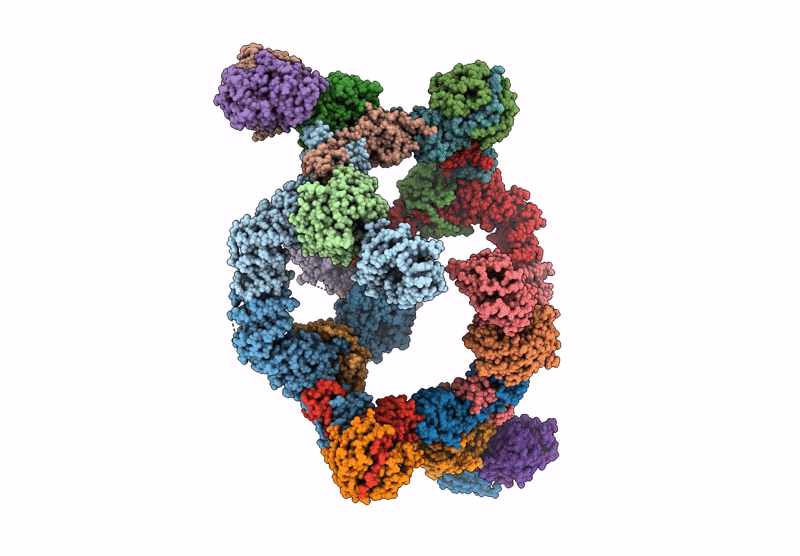
Deposition Date
2025-02-14
Release Date
2025-08-13
Last Version Date
2025-08-13
Entry Detail
PDB ID:
9LWF
Keywords:
Title:
Cryo-EM structure of dual sensor bound GATOR2 complex
Biological Source:
Source Organism:
Homo sapiens (Taxon ID: 9606)
Host Organism:
Method Details:
Experimental Method:
Resolution:
3.41 Å
Aggregation State:
PARTICLE
Reconstruction Method:
SINGLE PARTICLE


